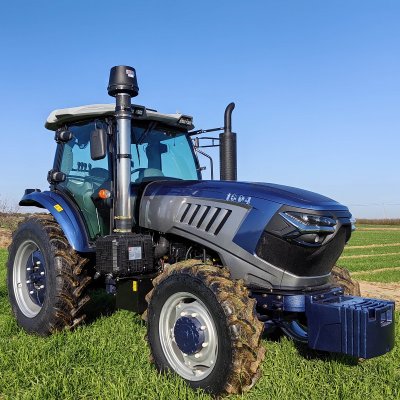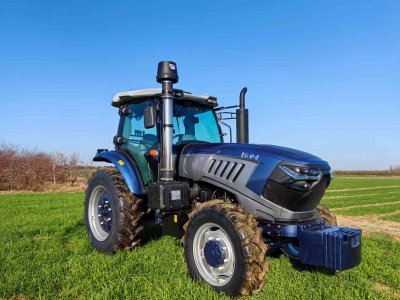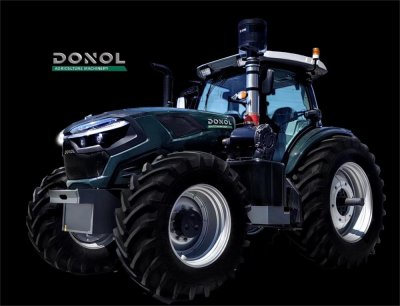What is the difference between farm equipment and implement?
In the world of agriculture, the terms “farm equipment” and “farm implement” are often used interchangeably, but they do have distinct differences. Understanding these differences can help farmers make more informed decisions when it comes to purchasing, maintaining, and using their agricultural tools.

Farm equipment generally refers to the larger, more complex, and often self - propelled or motor - driven machinery used in farming operations. This includes tractors, combines, harvesters, and sprayers. Tractors, for example, are a staple of modern farming. They come in various sizes and horsepower ratings, from small utility tractors used on hobby farms to large, powerful tractors capable of pulling heavy loads in commercial agriculture. A 150 - horsepower tractor can easily tow large implements and provide the power needed for tasks like plowing large fields. Combines are another type of essential farm equipment. These machines are designed to harvest grain crops such as wheat, barley, and corn. They combine the processes of cutting, threshing, and cleaning the grain in one operation, significantly increasing efficiency. A modern combine can harvest hundreds of acres of grain in a single day, depending on its size and the crop conditions.
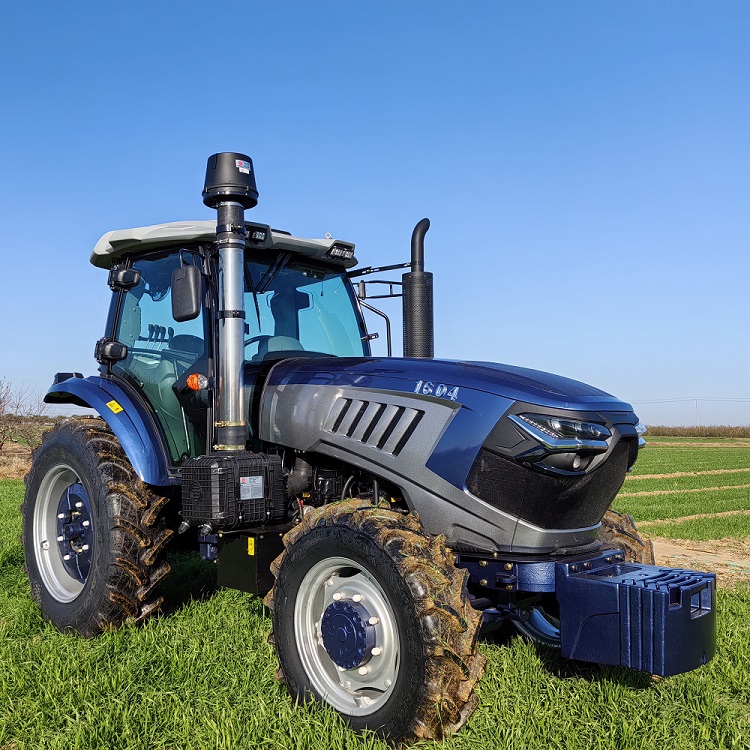
On the other hand, farm implements are the attachments or tools that are connected to or used in conjunction with farm equipment to perform specific tasks. They are often not self - propelled and rely on the power of the equipment they are attached to. Examples of farm implements include plows, harrows, seeders, and cultivators. Plows are used to turn over the soil, preparing it for planting. There are different types of plows, such as moldboard plows, which are effective in breaking up and inverting the soil, and disc plows, which are better suited for working in tough, rocky, or grassy soils. Harrows are used to break up clods of soil, smooth the surface, and incorporate fertilizers or manure into the soil. They can be either spike - tooth harrows, which are good for light soil work, or disc harrows, which are more aggressive and can handle heavier soils. Seeders are crucial for accurately planting seeds at the correct depth and spacing. They can be attached to tractors and are available in different designs, such as broadcast seeders for spreading seeds over a wide area and precision seeders for planting individual seeds in a specific pattern.
The functionality of farm equipment and implements also sets them apart. Farm equipment is more about providing the power, mobility, and overall operation for a range of farming activities. Tractors can be used for hauling materials around the farm, powering other equipment through their power - take - off (PTO) shafts, and providing the traction needed to pull heavy implements. Sprayers, as equipment, are designed to evenly distribute pesticides, herbicides, or fertilizers over large areas. They have tanks to hold the liquid or granular substances and nozzles or spreaders to ensure proper application. In contrast, farm implements are specialized for individual farming tasks. A cultivator is designed specifically for weed control and soil aeration between rows of crops. It has tines or blades that are adjusted to the appropriate depth to disturb the soil without damaging the crop roots.
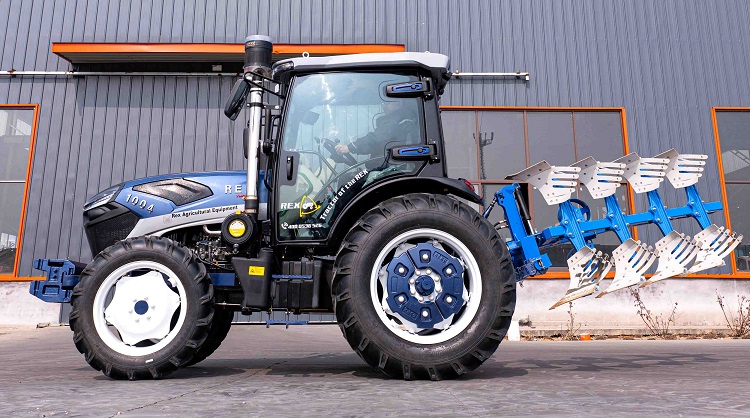
The cost and maintenance requirements also differ. Farm equipment is typically more expensive to purchase. A new high - end tractor can cost hundreds of thousands of dollars, and combines are also very costly investments. The maintenance of farm equipment is often more complex and expensive as well. Tractors require regular engine tune - ups, oil changes, and the servicing of their complex hydraulic and electrical systems. Combines have multiple moving parts, including harvesting mechanisms, threshing drums, and cleaning systems, all of which need to be maintained regularly. In contrast, while some farm implements can be expensive, especially large - scale, high - tech ones, many are relatively more affordable. A simple plow or harrow may cost a few thousand dollars depending on its size and quality. Maintenance for implements usually focuses on the upkeep of their working parts, such as sharpening blades on a plow or replacing worn - out tines on a cultivator.
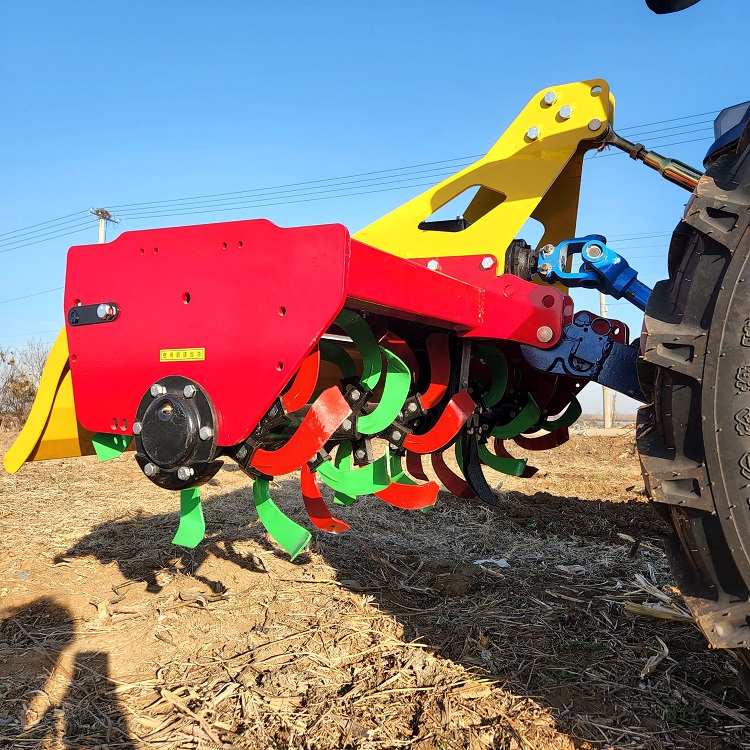
In conclusion, while both farm equipment and implements are essential for modern agriculture, they have clear differences in terms of their nature, functionality, cost, and maintenance. Farmers need to carefully consider these differences when building their agricultural toolkits to ensure they have the right combination of equipment and implements to carry out their farming operations efficiently and profitably.

